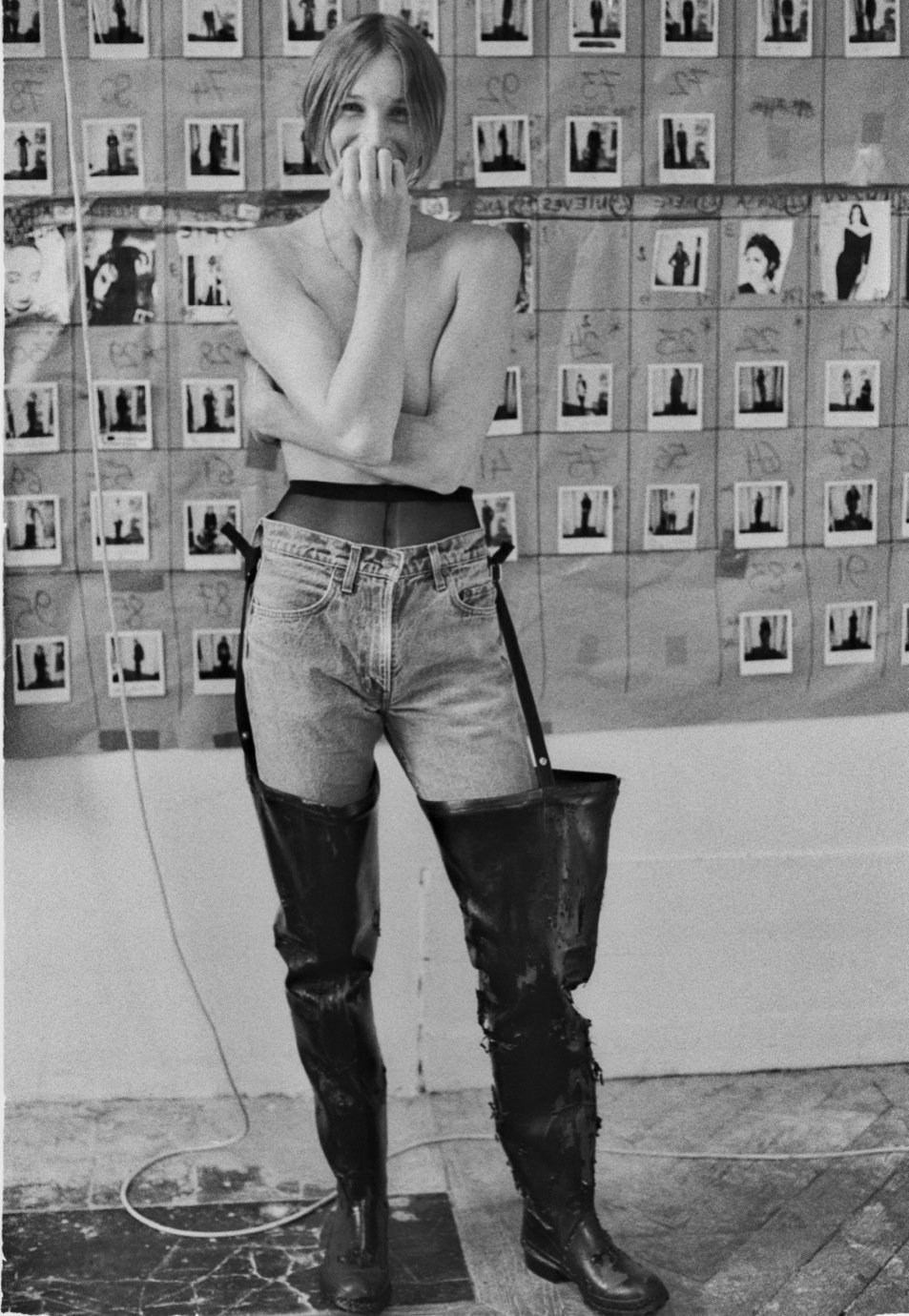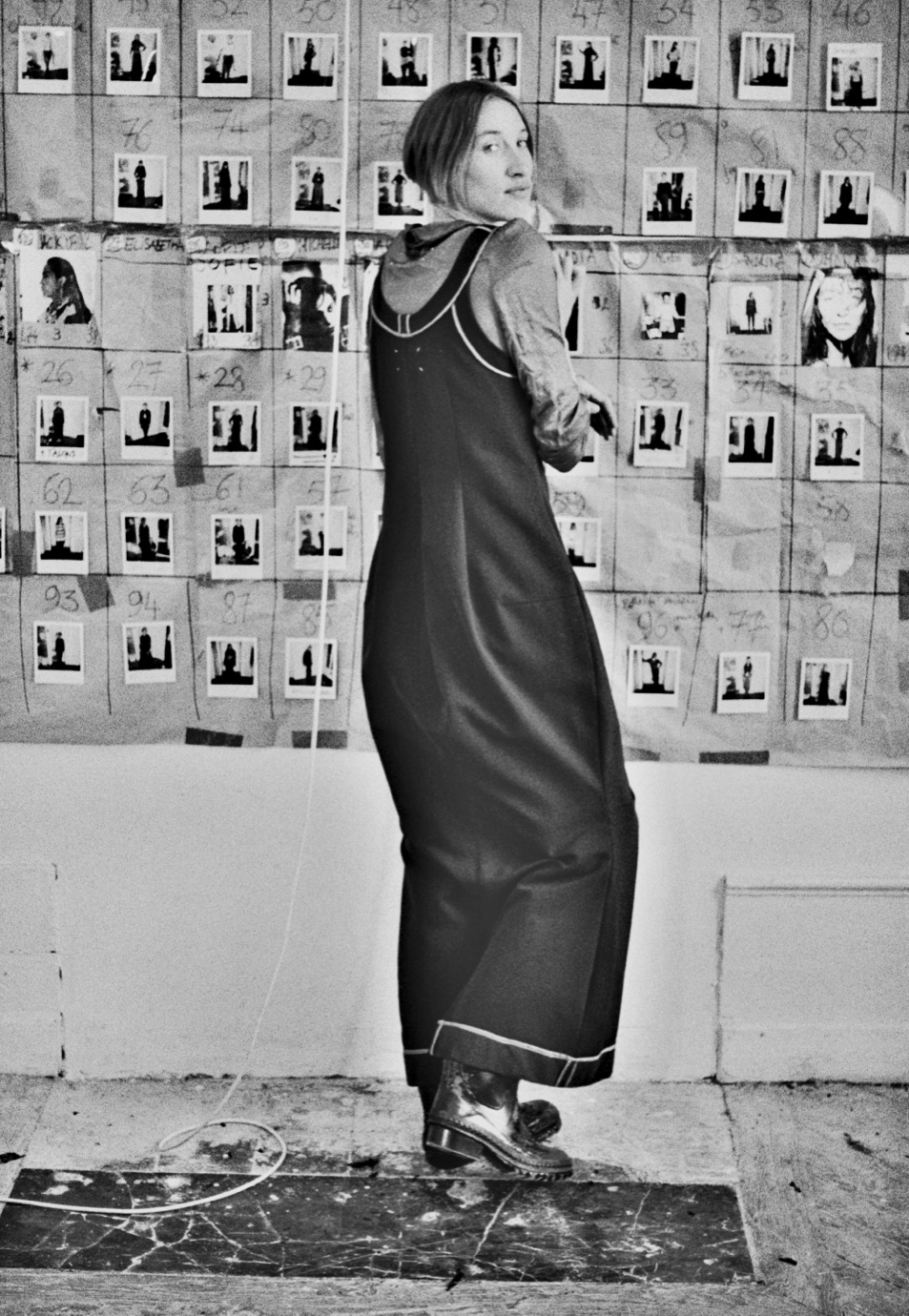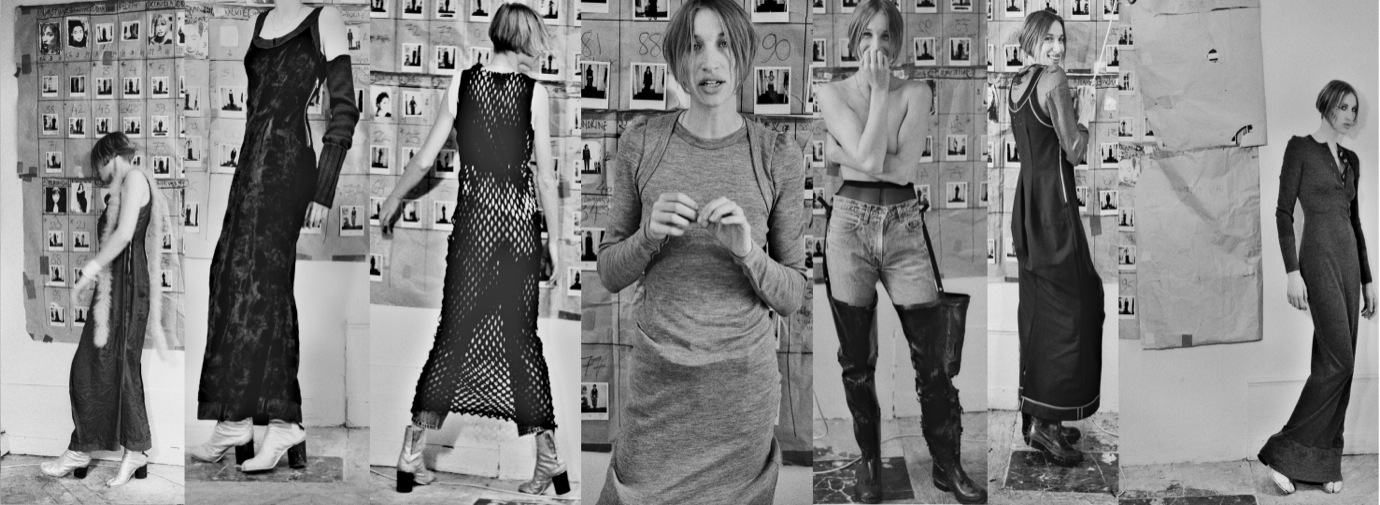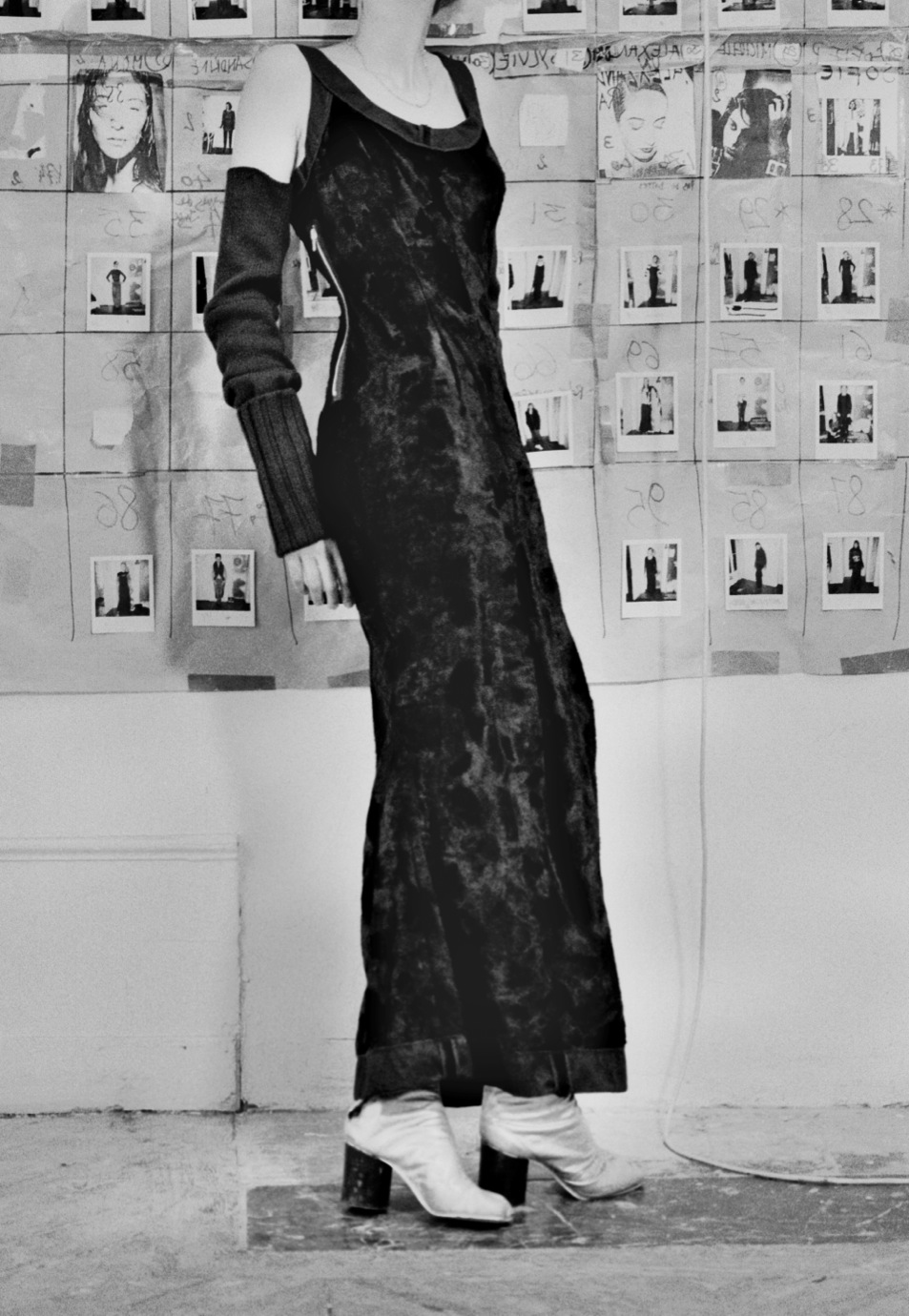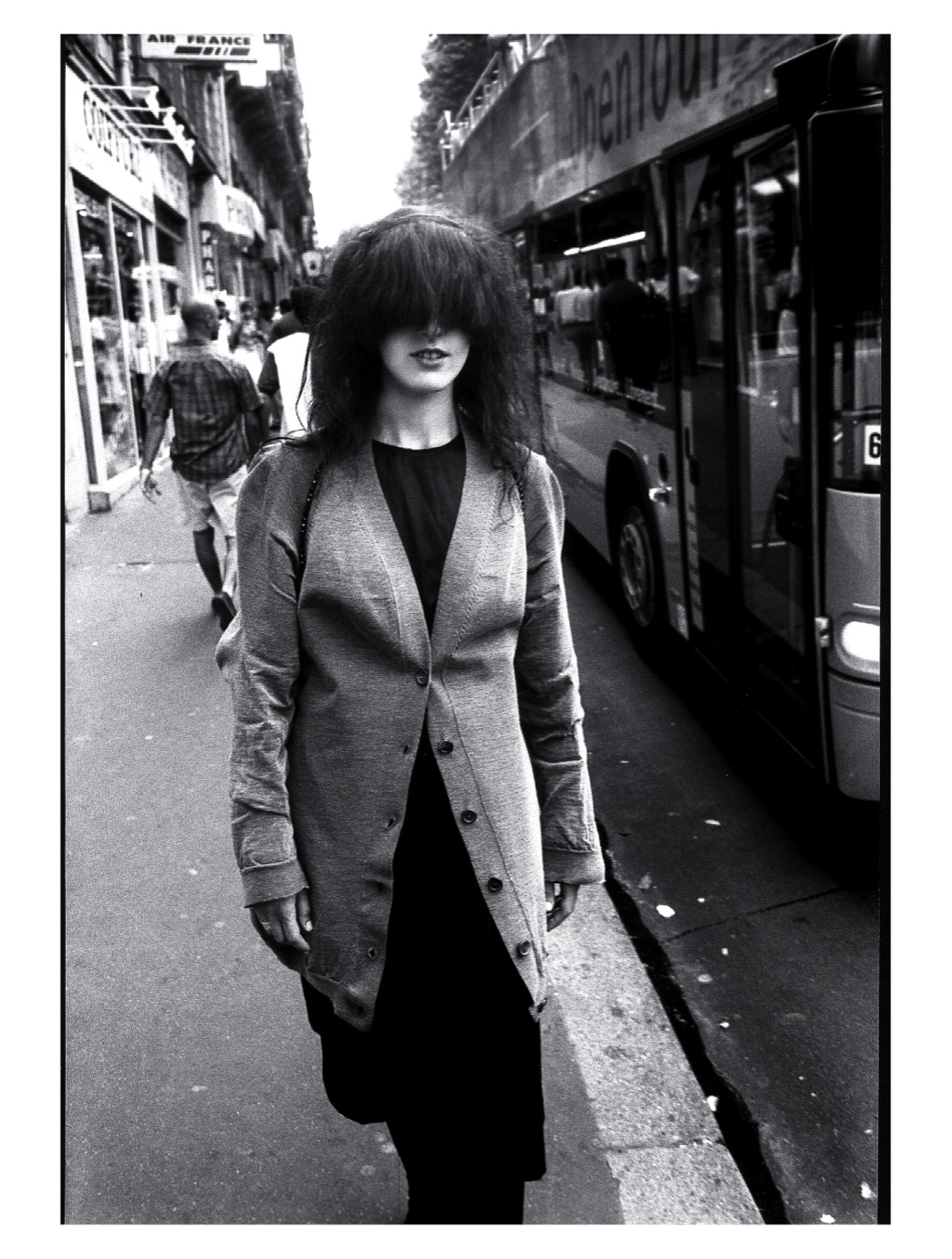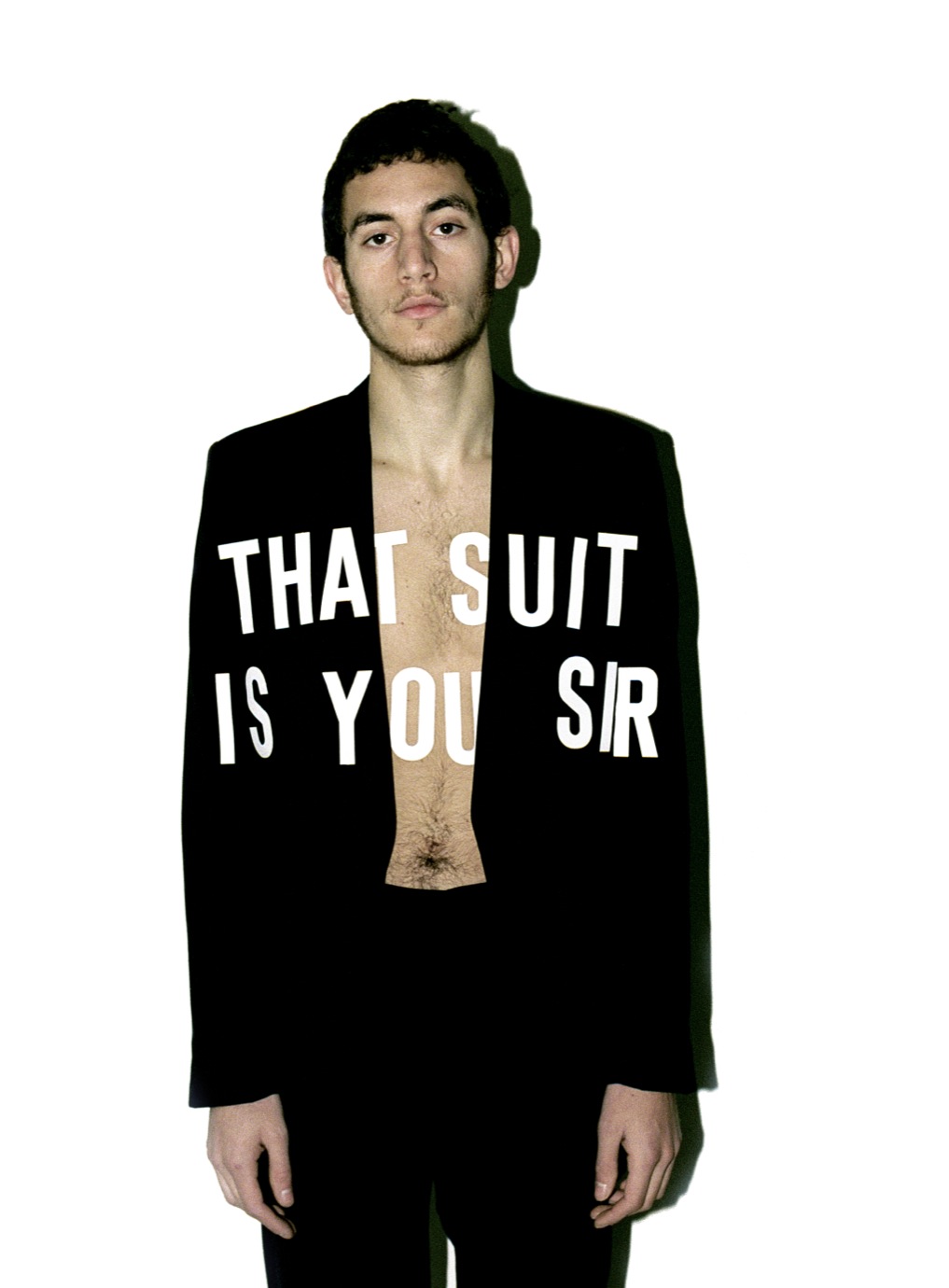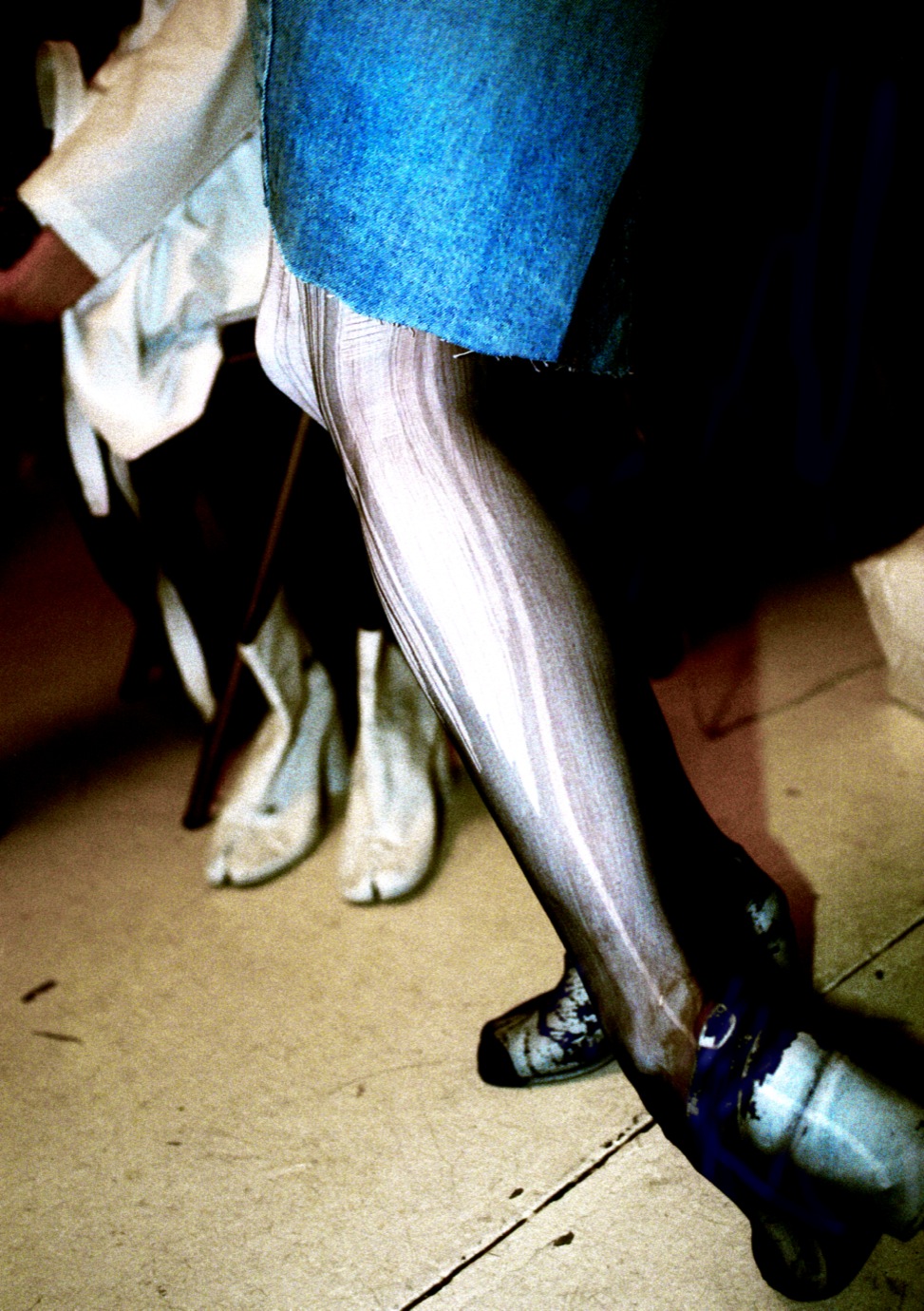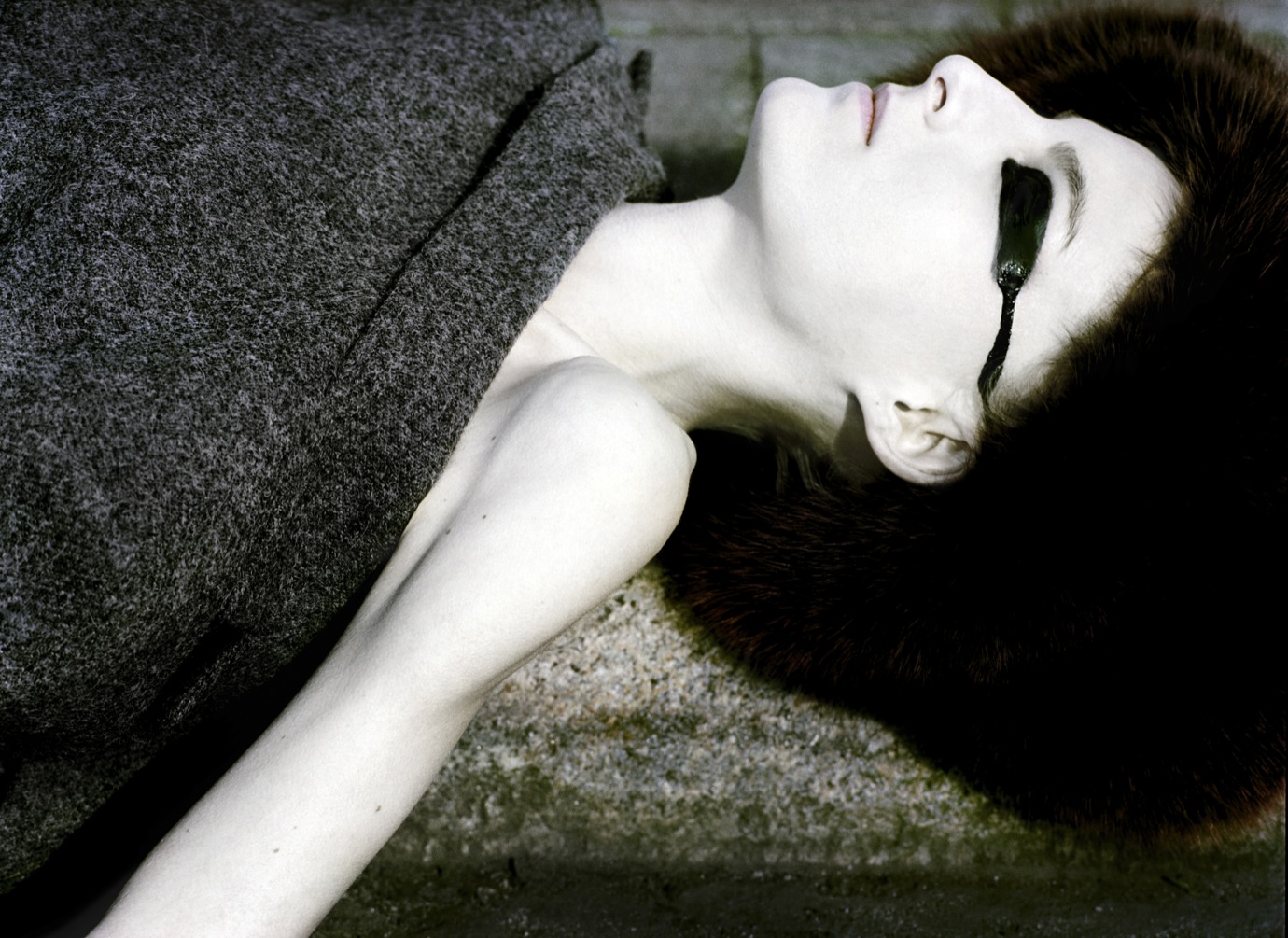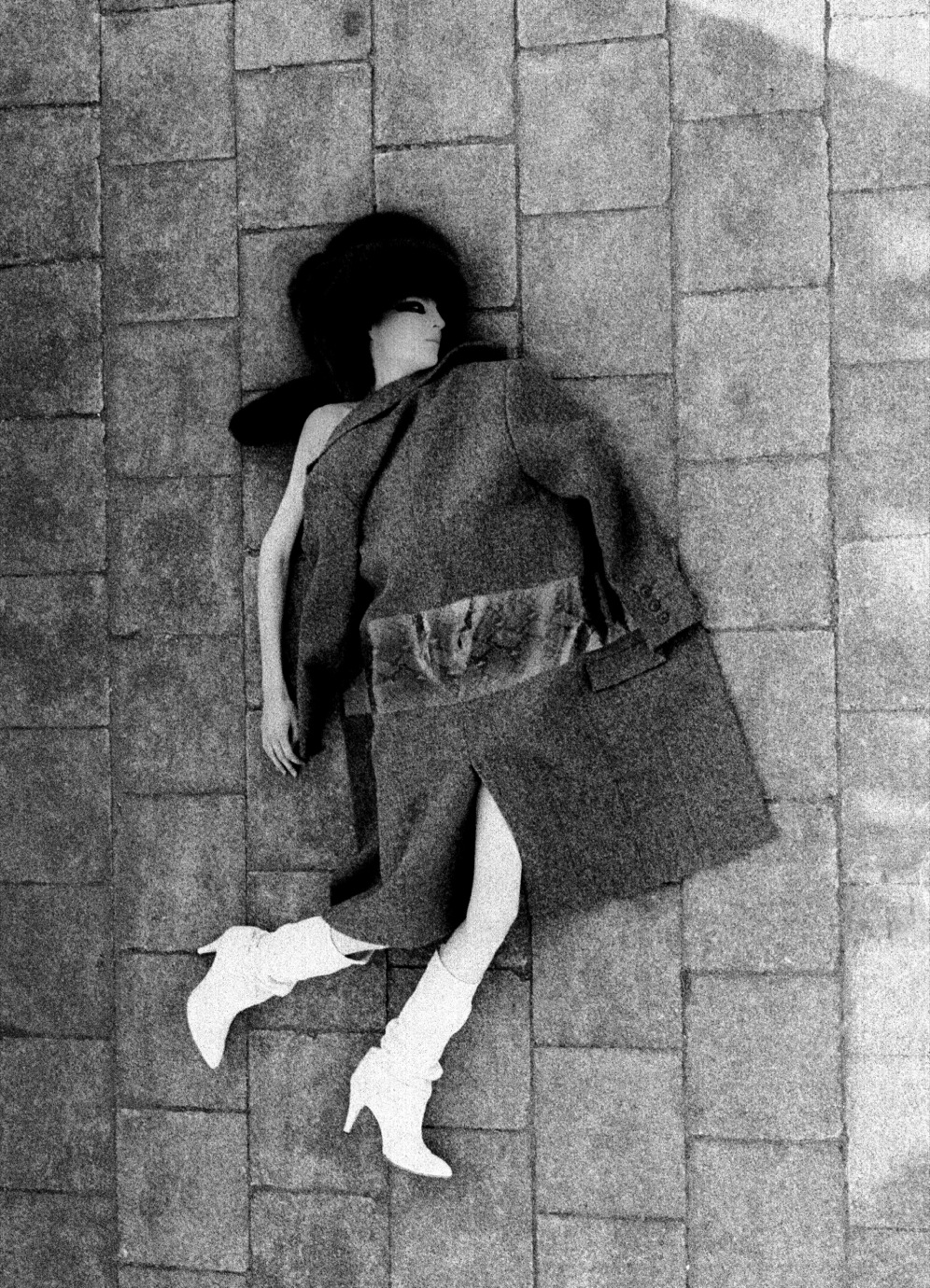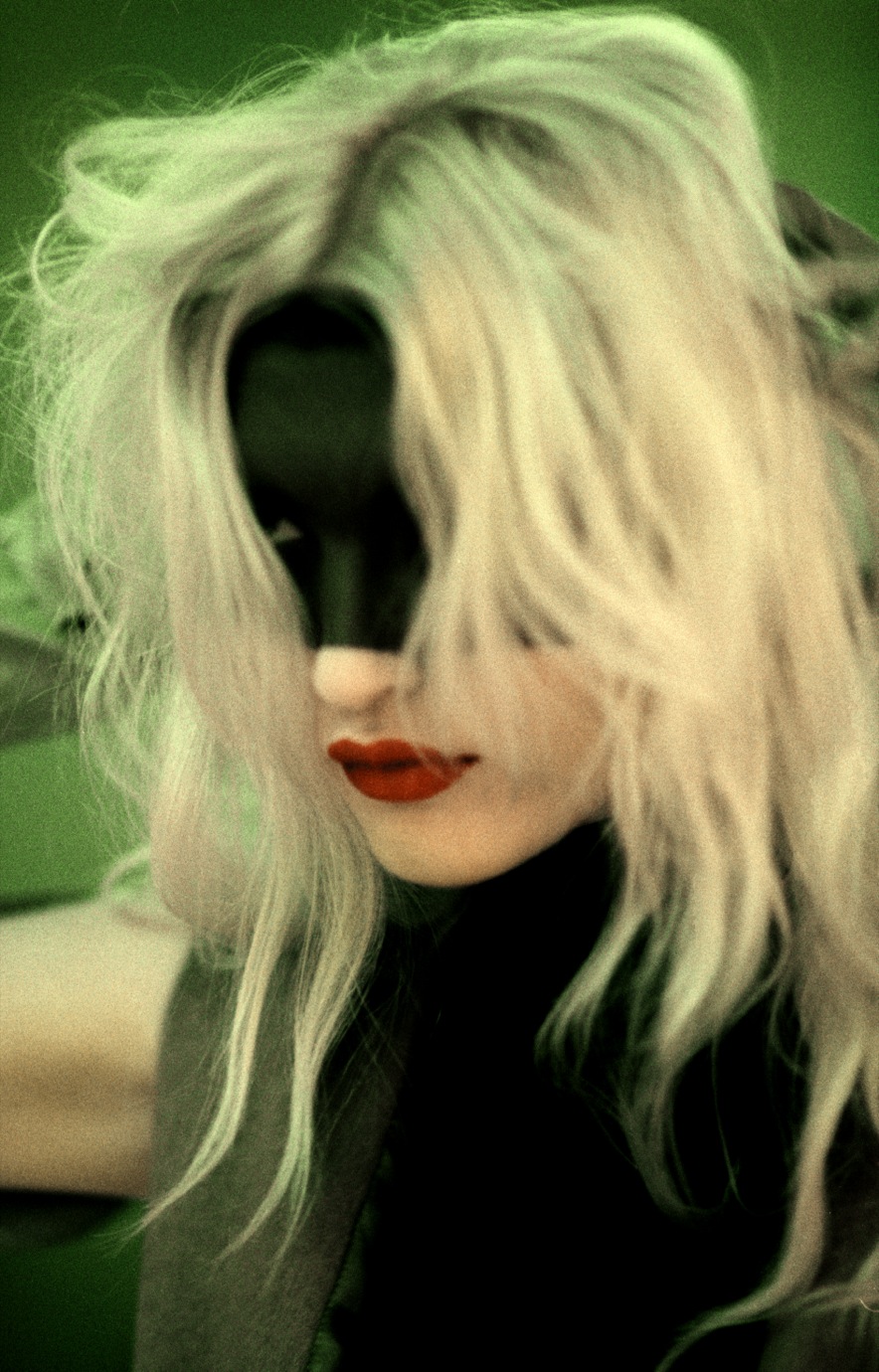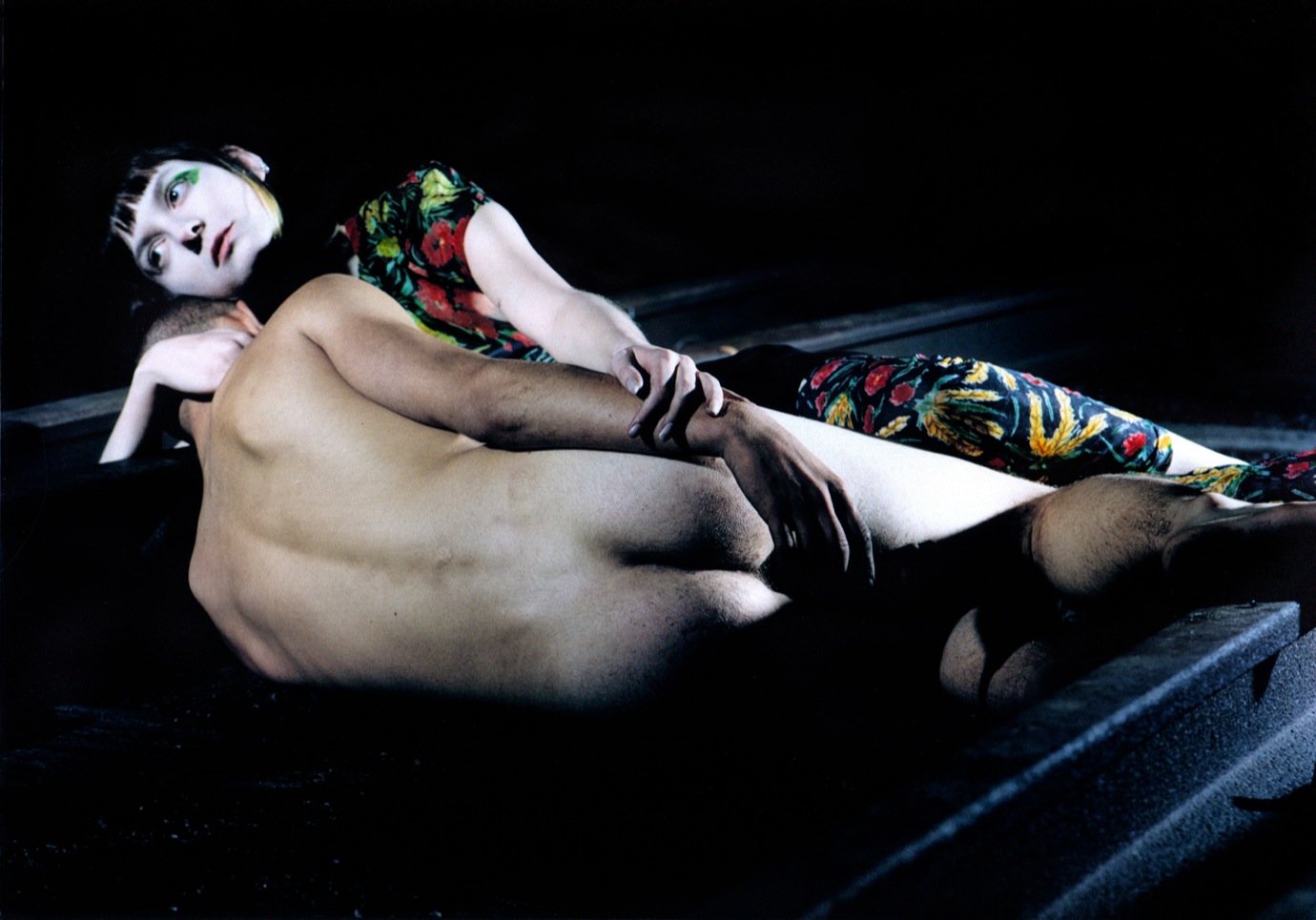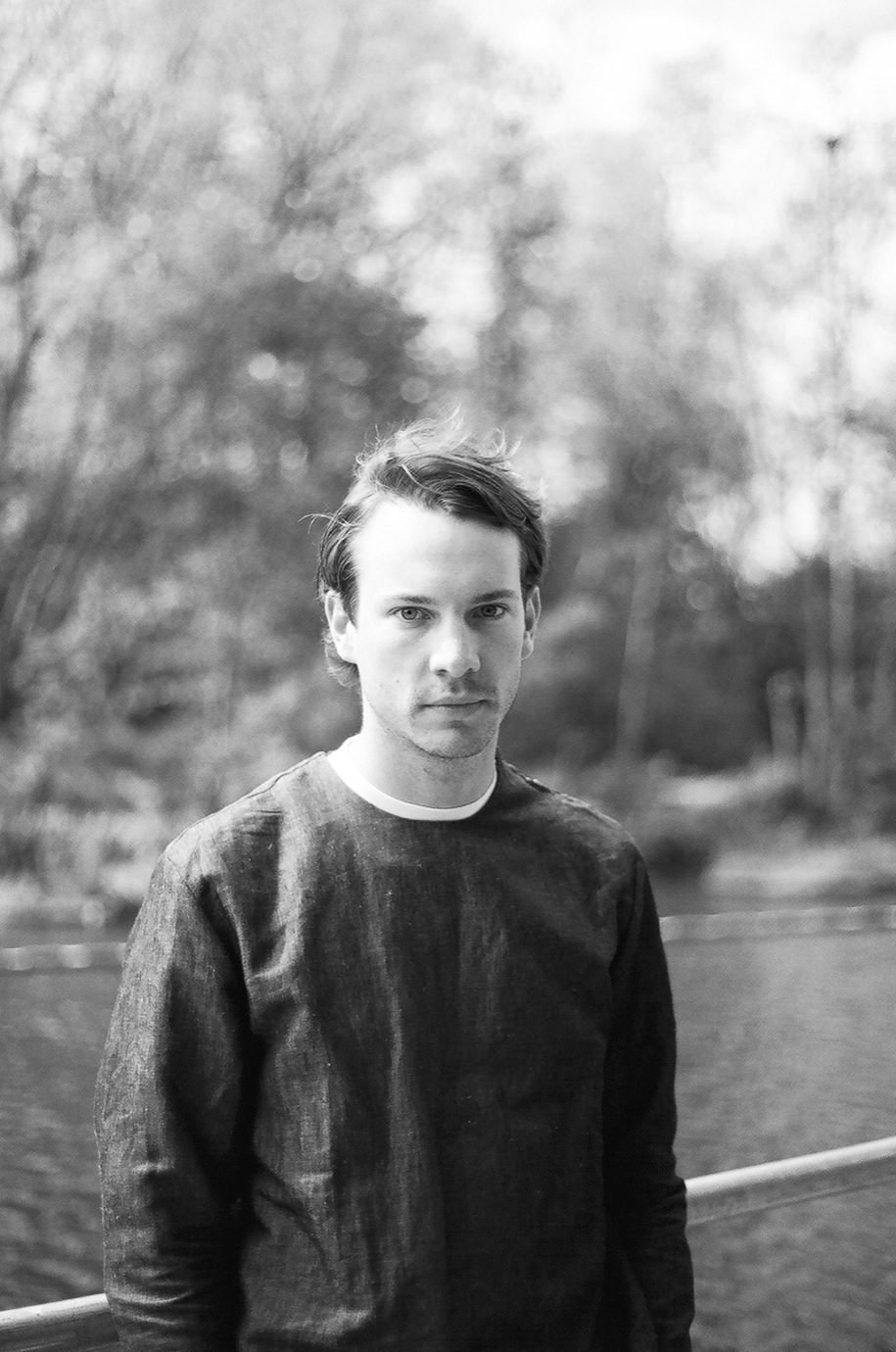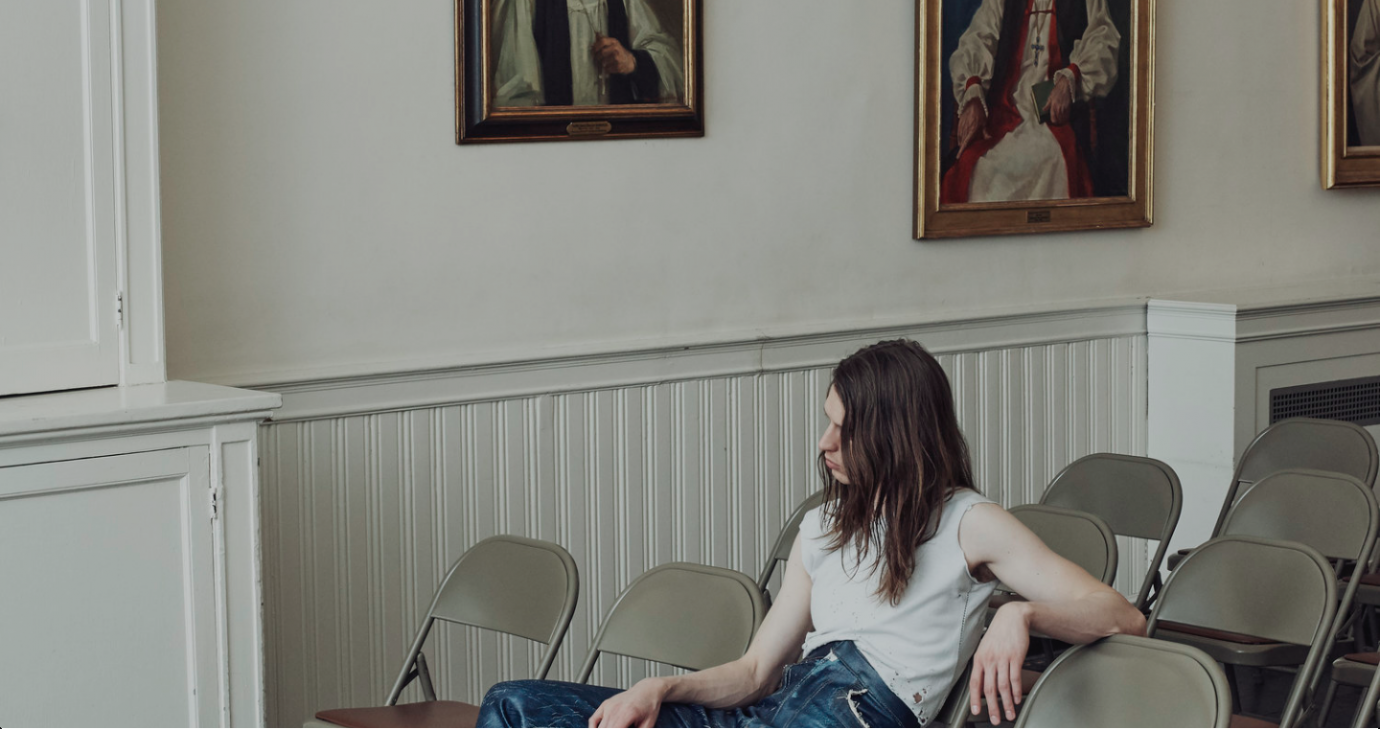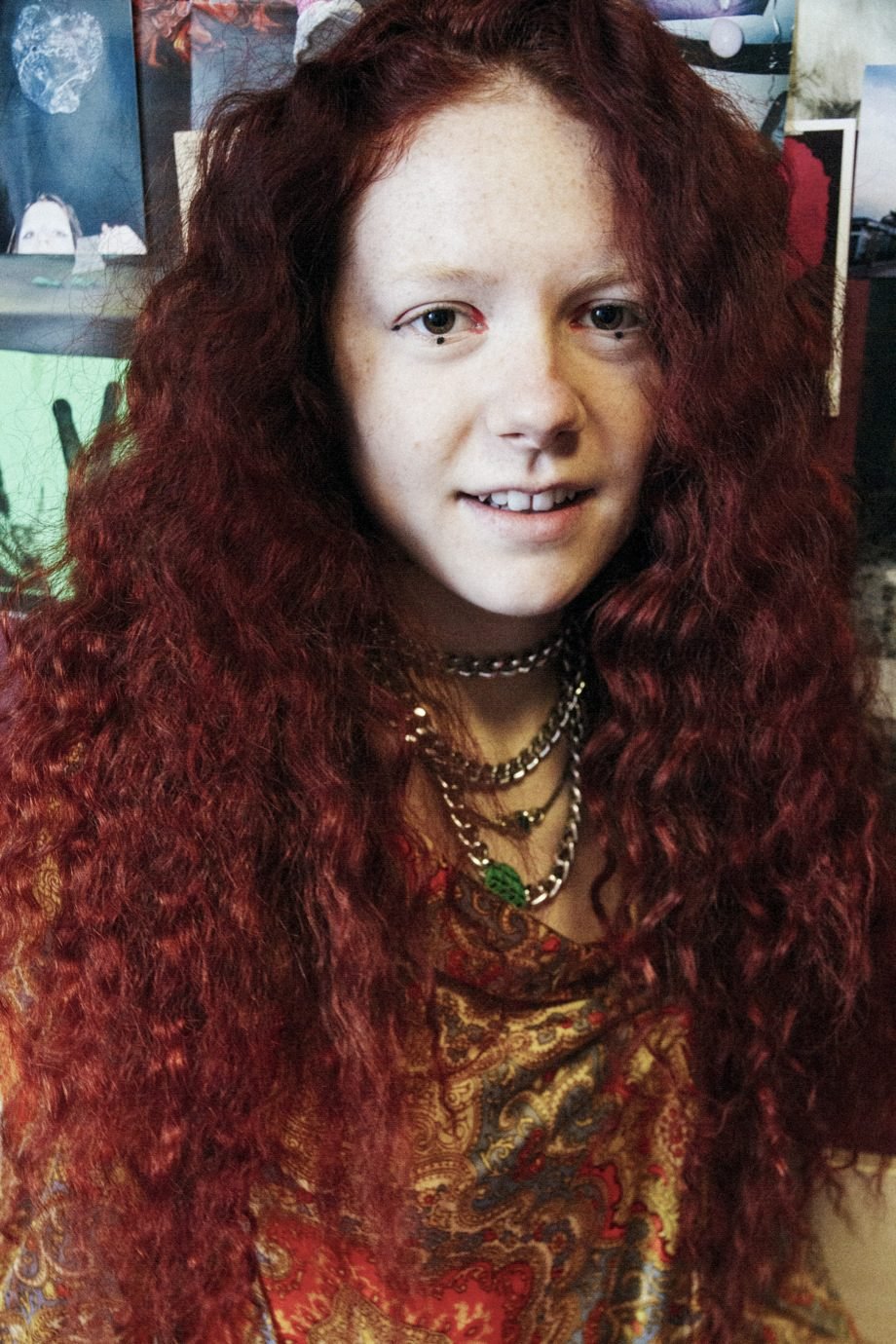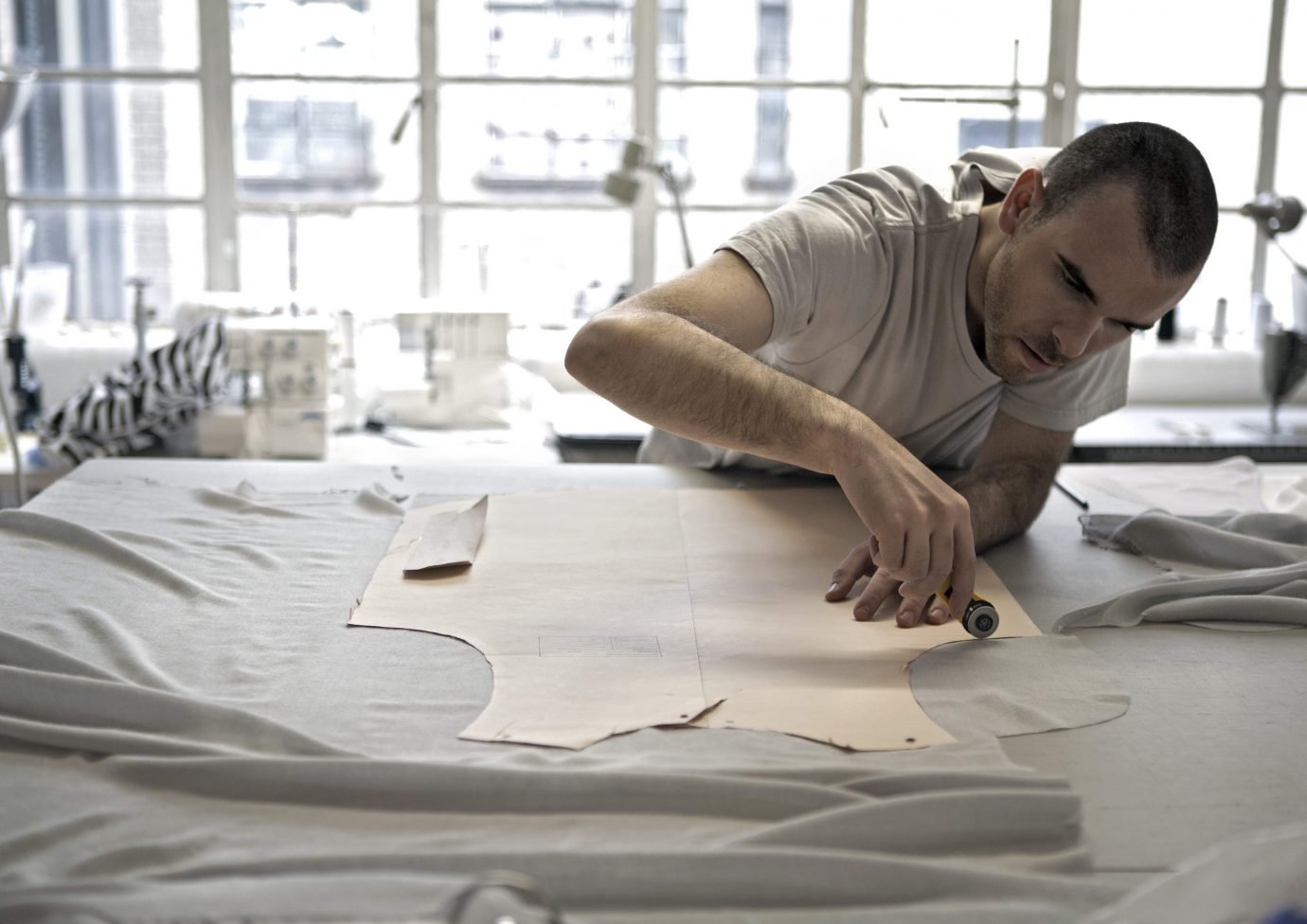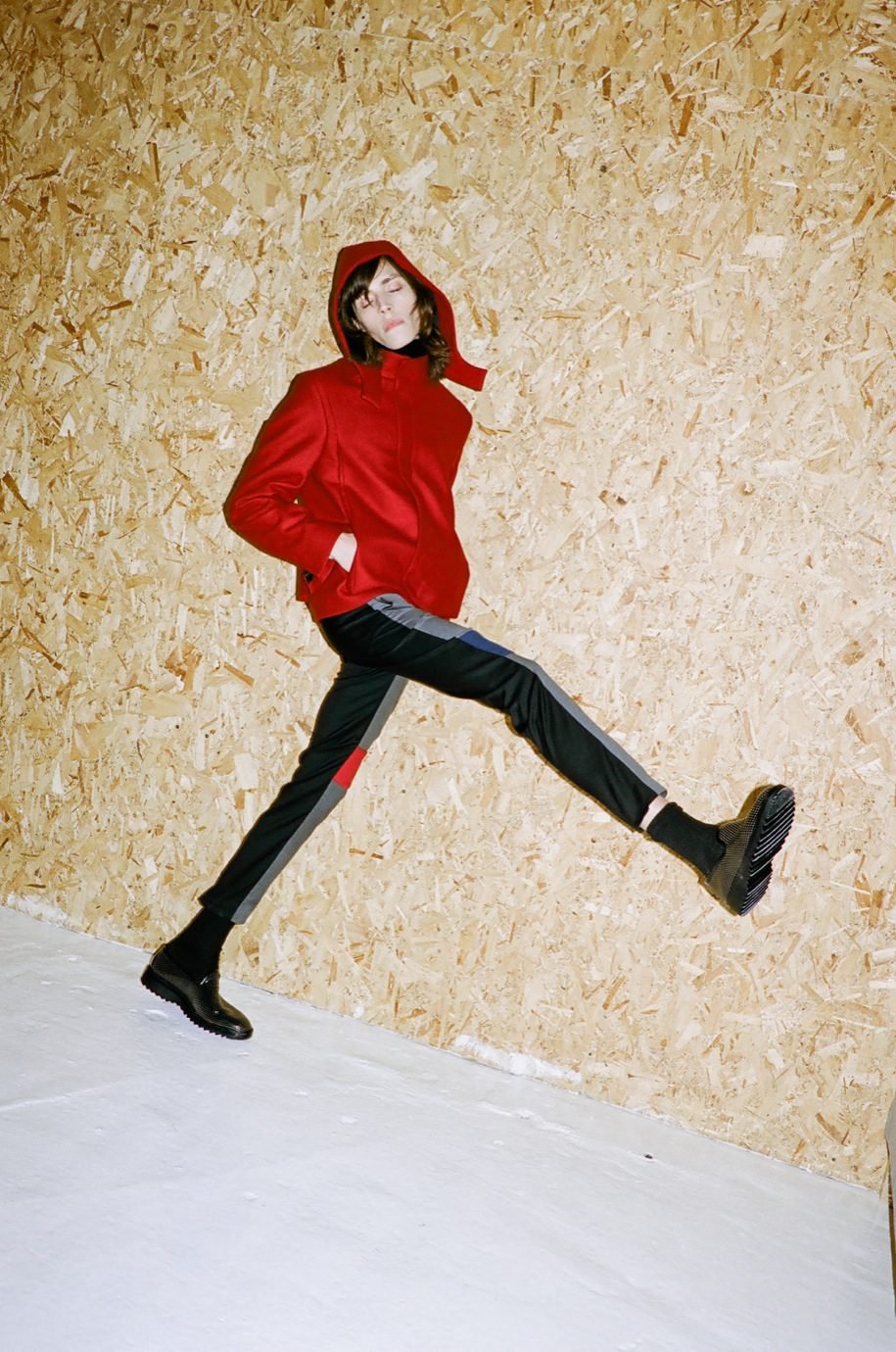While we end up talking, confidentially — not to be elaborately disclosed, about famous Belgian designers owning castles in the countyside (and spending Christmases there), holidaying in Bali, Iceland and Japan, buying Nick Cave records and Tinder love stories, our conversation initially started with that aforementioned quick-fire interview, and a first glass of water.
I’m interested in how your career started.
I started as a model for Walter [van Beirendonck]. After that, several fashion designers in Antwerp were starting out with their businesses and they needed photographers.
Was it easier in that time to start with photography, as there was little competition?
No, it was not that easy. It was in the time of film, so you needed to have more knowledge about techniques. Now everybody can make pictures very easily.
Do you shoot digitally now?
Of course.
How was it at the time, shooting analogue?
You had to go to school first and get a diploma. It was a ‘protected’ profession. You had to get your VAT registered to work as a photographer, and stuff like that.
At the time that you started, was the ‘Antwerp Six’ already formed?
No, Walter was still at school, Martin [Margiela] was still at school… Then Inge Grognard came to Antwerp and started working together with Martin…
And then, of course, there came the time that they all took a van and travelled around Europe.
I was there with them. We went to London and Paris, that’s how it started. They didn’t have shows at first, but selling points with press and clients coming, so they started with showrooms. Actually, for me, everything really started with Martin and his first show, which I photographed.
Did you take his portraits as well?
No. For me it wasn’t so interesting. He was just a normal guy, just a friend. You didn’t realise at the time how important he was going to be in twenty years time.
How long were you shooting for him?
I think it was the first 10 years, then he got so popular that I stepped back and focused on other things.



